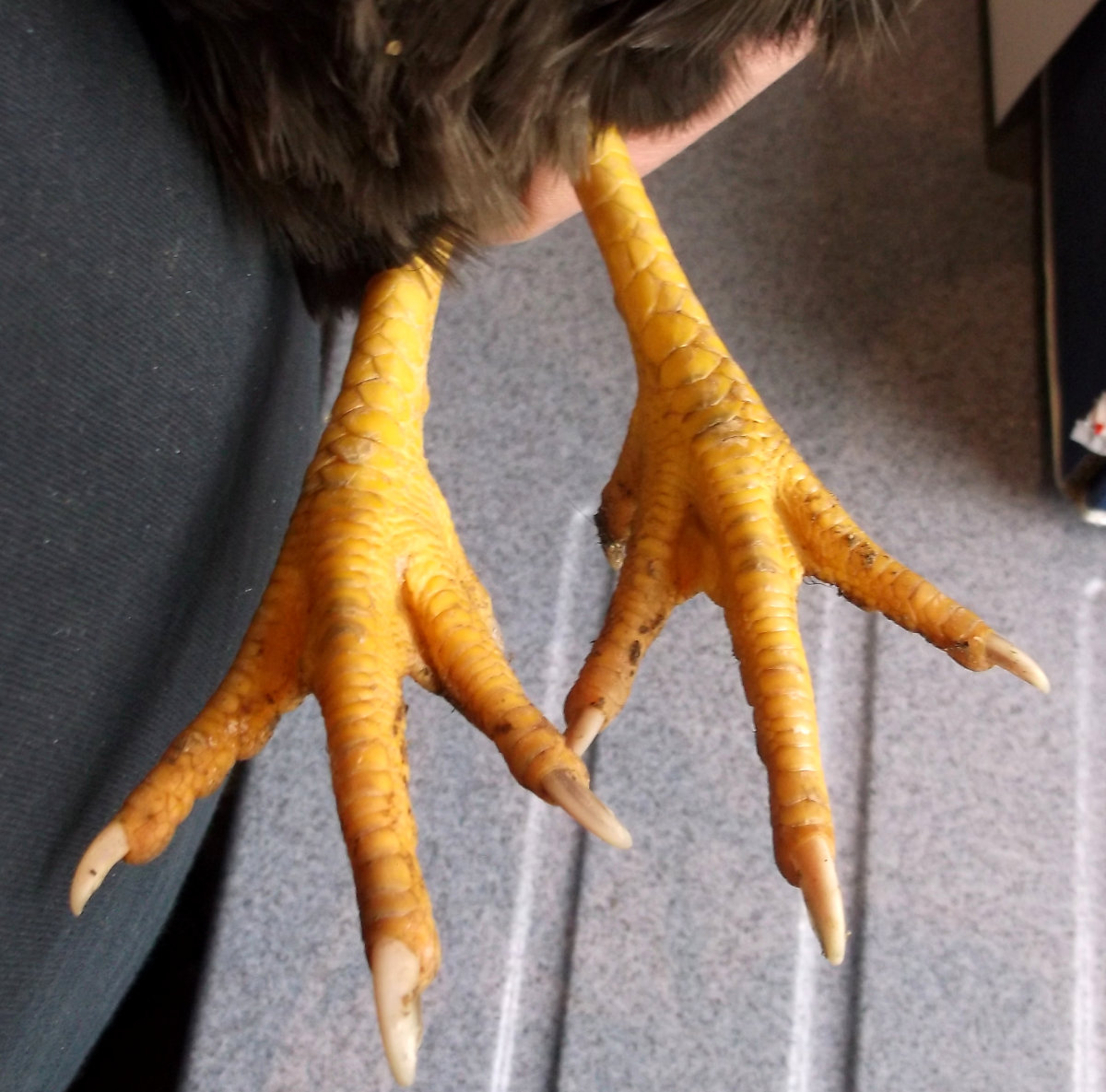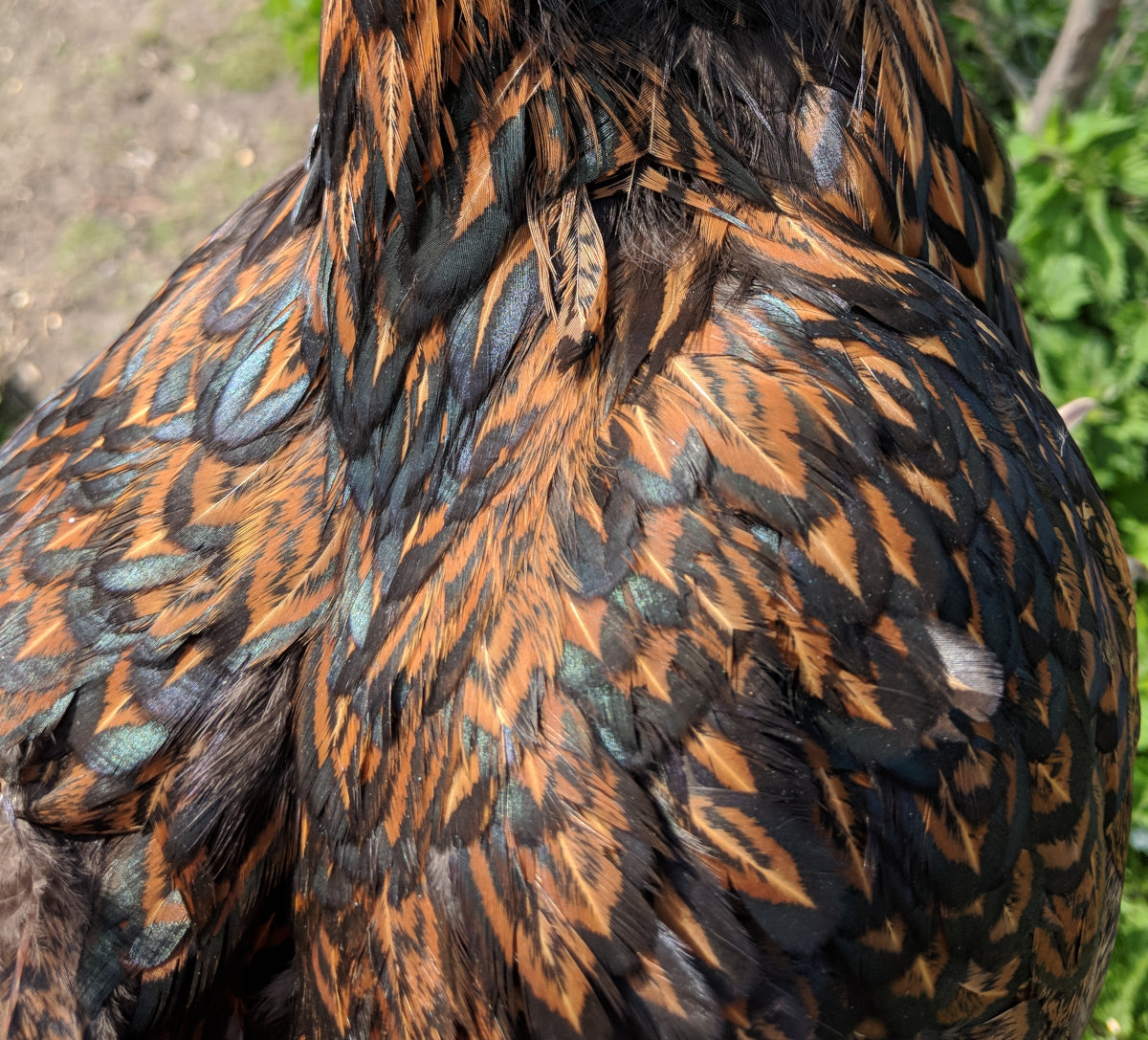What is outcrossing or outbreeding in chickens and is it worth the risk?

Outcrossing is the breeding of chickens that are unrelated to each other. This can be done within a breed or between different breeds.
Table of Contents
Outcrossing is a breeding practice often used to improve the genetic diversity of a flock and to introduce new traits. It is not the same as cross breeding.
Outcrossing is the introduction into a pure line of a bird or birds of another breed, variety or strain. Achieved in one or more matings to secure from the breed out-crossed upon some particular trait.
What is the purpose of outcrossing when breeding poultry?
Outcrossing is a breeding technique used in chicken breeding and other animal breeding programs.
Below: I used outcrossing to improve the leg colour in my Barnevelders.

In this case I used a Barred rock male as the outcross. The breed or chickens you choose as the donor genes depends on your overall goal in the breeding program.
By staying with birds of very similar genetic make-up such as same pattern, and genetic base you can fairly quickly (3-5 generation) achieve your goals so long as you are very selective.
Outcrossing involves mating individuals from different, unrelated genetic lines or breeds. The primary purpose of outcrossing is to introduce genetic diversity or new traits into a population or breeding line.
- To improve the health and vigour of the flock. Outcrossed birds are less likely to inherit genetic defects than inbred birds.
- To introduce new traits into the flock. For example, a breeder might outcross a breed of chicken that is known for its good egg laying ability with a breed of chicken that is known for its good meat production. The resulting offspring would have the potential to be both good egg layers and good meat producers.
- Improving performance. Outcrossing can be used to improve specific performance traits, such as egg production, meat quality, or resistance to diseases. By introducing genetic diversity from high-performing or disease-resistant lines, breeders can enhance these traits in their flock.
- Increase genetic diversity. Over time, breeding within a closed population or line (such as line breeding or inbreeding) can lead to a reduction in genetic diversity. This reduction can result in increased susceptibility to diseases and decreased overall fitness and vigour in the birds. Outcrossing introduces new genetic material, helping to restore genetic diversity and maintain the health and vitality of the population.
- Fixing undesirable traits. If a particular line of chickens has developed undesirable traits due to inbreeding or other factors, outcrossing with unrelated birds can help dilute or "break" those undesirable traits. This is especially useful when trying to eliminate genetic defects or health issues.
- Adapting to changing conditions. Environmental conditions and challenges can change over time. By introducing new genetics through outcrossing, breeders can help their flock adapt to evolving environmental conditions, ensuring the birds remain healthy and productive.
- Breeding program goals. In some cases, a breeder may have specific goals that require the introduction of new genetic material. For example, if a breeder wants to develop a new chicken breed with a unique combination of traits, they may need to outcross with other breeds to achieve this goal.
- Reducing inbreeding. Outcrossing is an effective way to reduce the negative effects of inbreeding. Inbreeding can lead to the expression of harmful recessive traits and a decrease in overall genetic fitness. By introducing unrelated genes through outcrossing, breeders can mitigate these problems.
Here are some examples of outcrossing in chickens:
- I used Silver laced Wyandotte bantams and barred rock bantams in my silver laced Barnevelder breeding program.
- An example of this is using a Silver laced Wyandotte in the creation of the Silver laced Barnevelder. A suitable Barnevelder hen is selected and bred to a Silver Wyandotte male. This is the out-cross. Selection then takes place with further matches until the desired result is produced. This is more complex than it may appear at first especially in some breeds.
- Commercial meat chickens have been outcrossed to Naked necks over the years to reduce the numbers of feathers they have, making them easier to pluck.
The risks and problems with outcrossing:

Blending the out-cross:
Blending is gradually incorporating the offspring of the out-cross into your flock of chickens in a regular and planned way over two to three generations.
In my own experience and to reduce any risks, make an out-cross to at least 2 new birds, one of each sex. I do this by acquiring an unrelated pair and swapping the partners over.
Out-crossing is at best a risky business. Not so risky when there is distant relationship and it is always possible that the new bird or animal introduced may not match or ‘nick’ (as fanciers say) with any of the mates provided for him or her.
The risk can be reduced if the bird or animal comes from a stud you trust.
